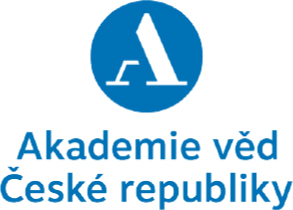Paul Lazarsfeld is known as an author and a great promoter of analytical methods of research. He is often connected with quantitative methodology – with methods of statistical processing of data, with mathematical modelling. No less important part of his contribution to methodology was his emphasis on cooperation of various approaches within the complex social sciences research.
One example of such cooperation was a research of the Marienthal community of the unemployed – a working class colony near Vienna, Austria - at the time of great economic crisis in the thirties of the twentieth century.
Lazarsfeld cooperated on the research with his first wife Marie Jahodová and his friend Hans Zeisel. This research proves that the cooperation of different methods (based on understanding of the family’s situation from children’s essays and their mother’s talking, using analytical methods applying analysis of sales in local shops and measurement of speed of walking of the inhabitants of Marienthal) enabled to produce a truthful picture of the unemployed community.
Second example of cooperation between analytical and qualitative methodology is a combination of two research tools used in the assessment of radio programmes in the process of production and later also for other purposes, especially in communication research. The first, analytical phase of the research used a new research tool created by Paul Lazarsfeld and Frank Stanton. It was called “programme analyser.” Second, qualitative phase of the research, consists of directed inquiring - “the focused interview.” Its rules and procedure were codified by Lazarsfeld’s long-term colleague R.K.Merton.
Significantly different example of cooperation is Lazarsfeld’s cooperation with critical sociology concerning collaboration of two seemingly irreconcilable paradigms. At the end of the thirties Paul Lazarsfeld was the head of Princeton Radio Project, which aimed to analyse the action of at that time relatively new mass media – radio – on the population of listeners. Within this project Lazarsfeld tried to cooperate with a representative of the Frankfurt School, Theodor Adorno, on the research of musical programmes. Even though the collaboration was not without problems, Lazarsfeld’s workshop partially succeeded and it is an example of a tangible result of collaboration crosswise paradigms. Eduard Suchman, one of Lazarsfeld’s close colleagues, used analysis of data acquired from the radio listeners of classical music to prove that, Adorno was basically right in claiming that the mass medium and musical programmes cannot completely substitute a long-term familiarization with classical music within the family, concert halls and music schools. [Suchman 1941]



